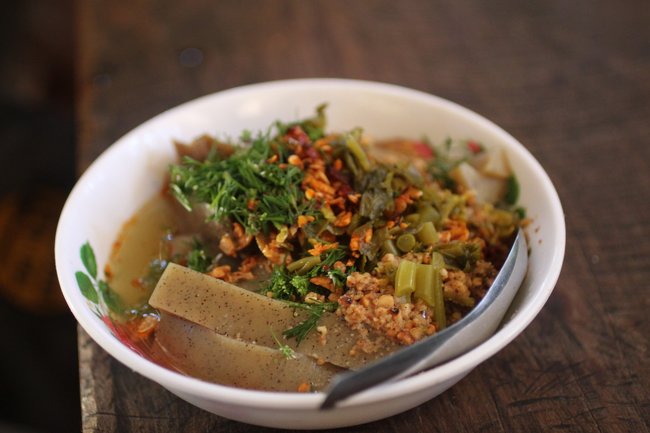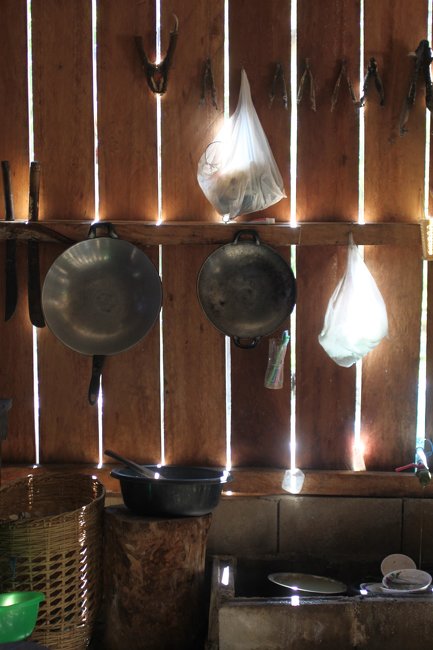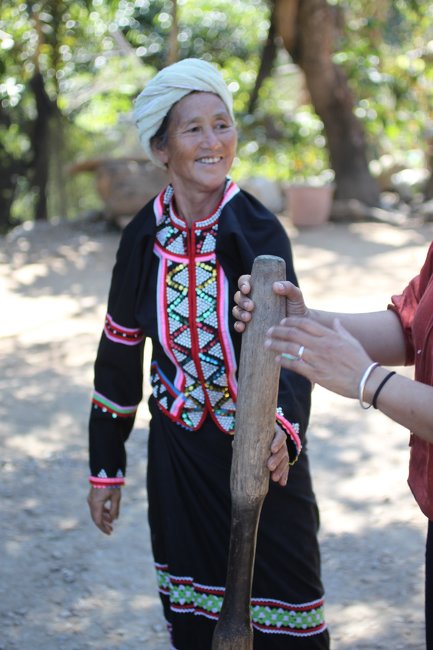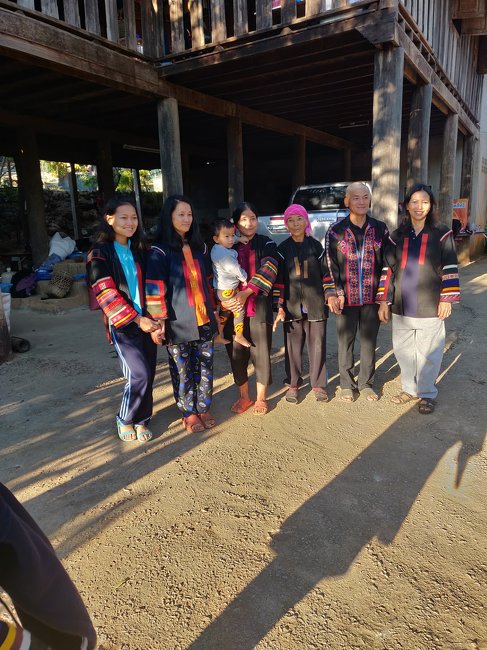
NORTHERN THAILAND 2019 PART 2: COOKING AND LEARNING FROM THE AKHA AND LA-HOO PEOPLE
24.04.2019
This is the second of three posts on our recent trip (by chefs Andy, Orla and Xander) around Northern Thailand, see here for part 1.
After a mind-and-taste-bud-bending time foraging, fishing for edible algae and cooking fiery laab salads with locals in the village of Pang Ma Kluay, and still guided by our inspirational friend P'Ann, we made our way to the remote village of Baan Pa Kia in Chiang Rai Province.
The community we spent time with are what are sometimes referred to as a hill tribes i.e highland-dwelling ethnic groups, many of which have settled in rural Northern Thailand. Often these groups originate from from either Burma or Southern China. In the case of Baan Pa Kia the village is a populated by people from both the Laa-Hoo and the Akha tribes.
Much of our time with the Akha and La-Hoo was spent eating and cooking with locals, learning about the hill tribe cuisine, it was a real education. The food of tribes like the Akha and La-Hoo is noticeably different from what might be considered "classic" Thai food. Based on local (and very often wild / foraged) ingredients, and seasoned very differently: think no fish sauce, no shrimp paste, little or no sugar (the list goes on) it would be easy mistake the many of the dishes as the cuisine of a completely different country. From a chef's perspective this was so inspiring; and just another reminder of Thai food's seemingly infinite diversity.
Dishes we ate and helped to cook included:
aep baeh - an amazing hand cut noodle made of steamed hand pounded millet, served with a clear broth of fermented mustard green liquid, peanuts, chilli sauce, fried garlic and herbs
kua haang hom chuu sai gai - chicken stir fried with hom chuu (a relative of garlic chives, common in Northern Thailand and Burma), lemongrass and ginger
Saa-joy - steamed banana leaf parcels of pork, local herbs, pickled vegetables and, amazingly, the freshly scraped bark of a makok (aka Thai olive) tree. Which, if we remember rightly, is said to help tenderise the pork.
We spent the night in eating and chatting (there was even a little dancing) with the local people who we were staying with. We came away from Baan Pa Kia with some special food memories, but more than that, it was the the warmth, hospitality and the gentle nature of the people we met there that left us with the most lasting impression.
See the below image gallery for some snaps from the village.
Next post: sampling Thai-Yunnanese food in Doi Mae Salong, a small mountain village near the boarder with Burma.












